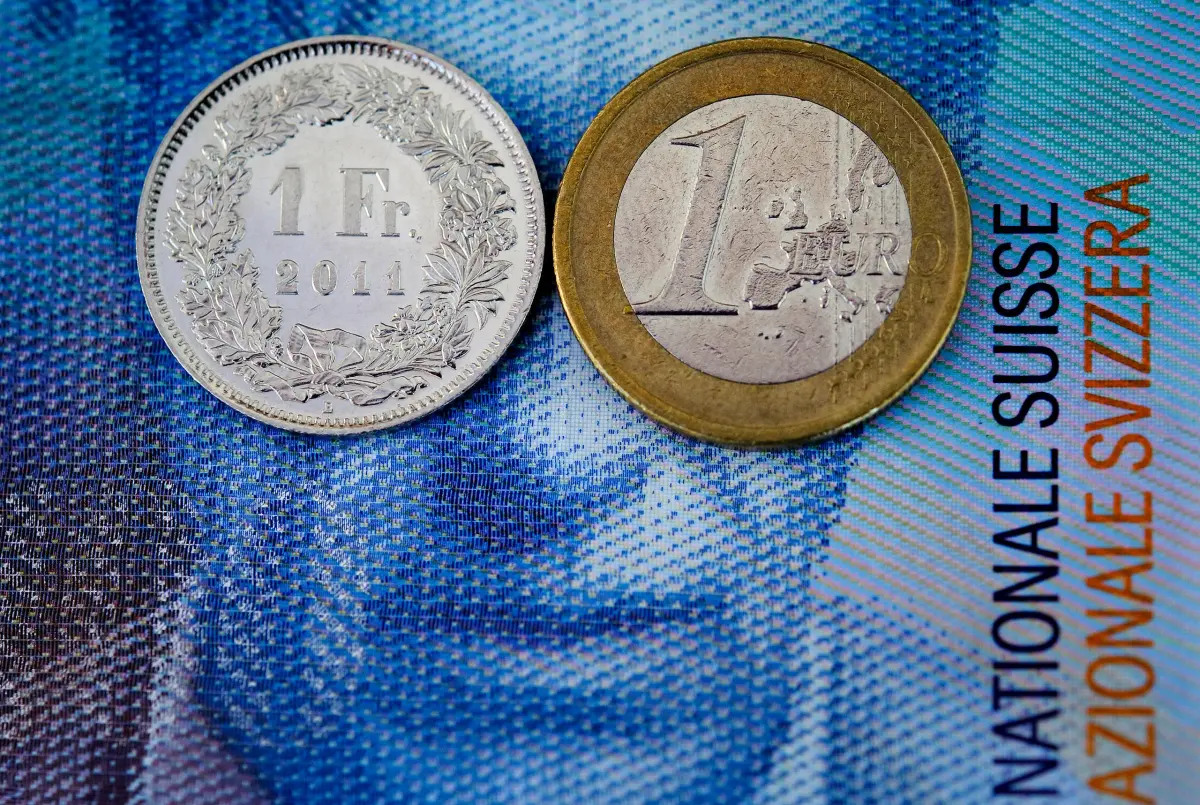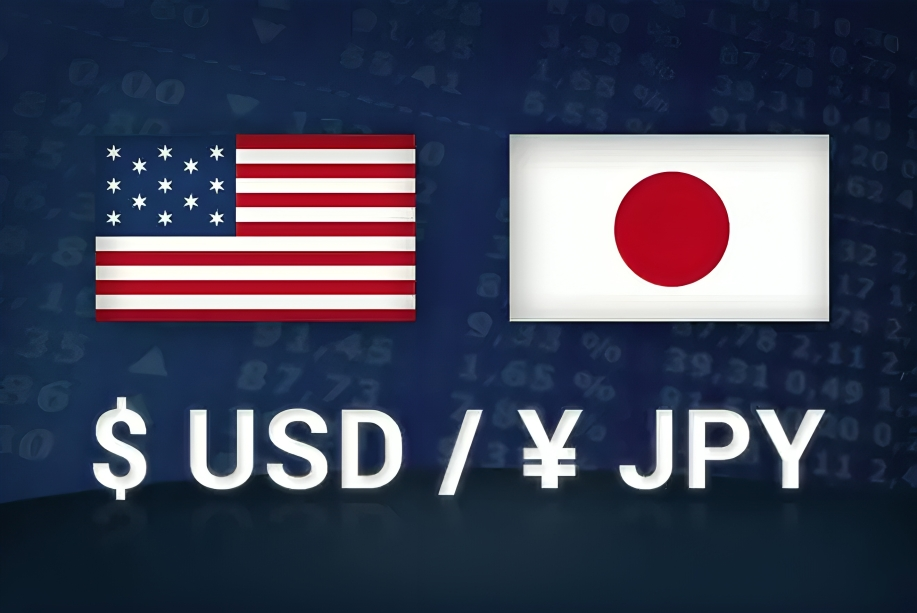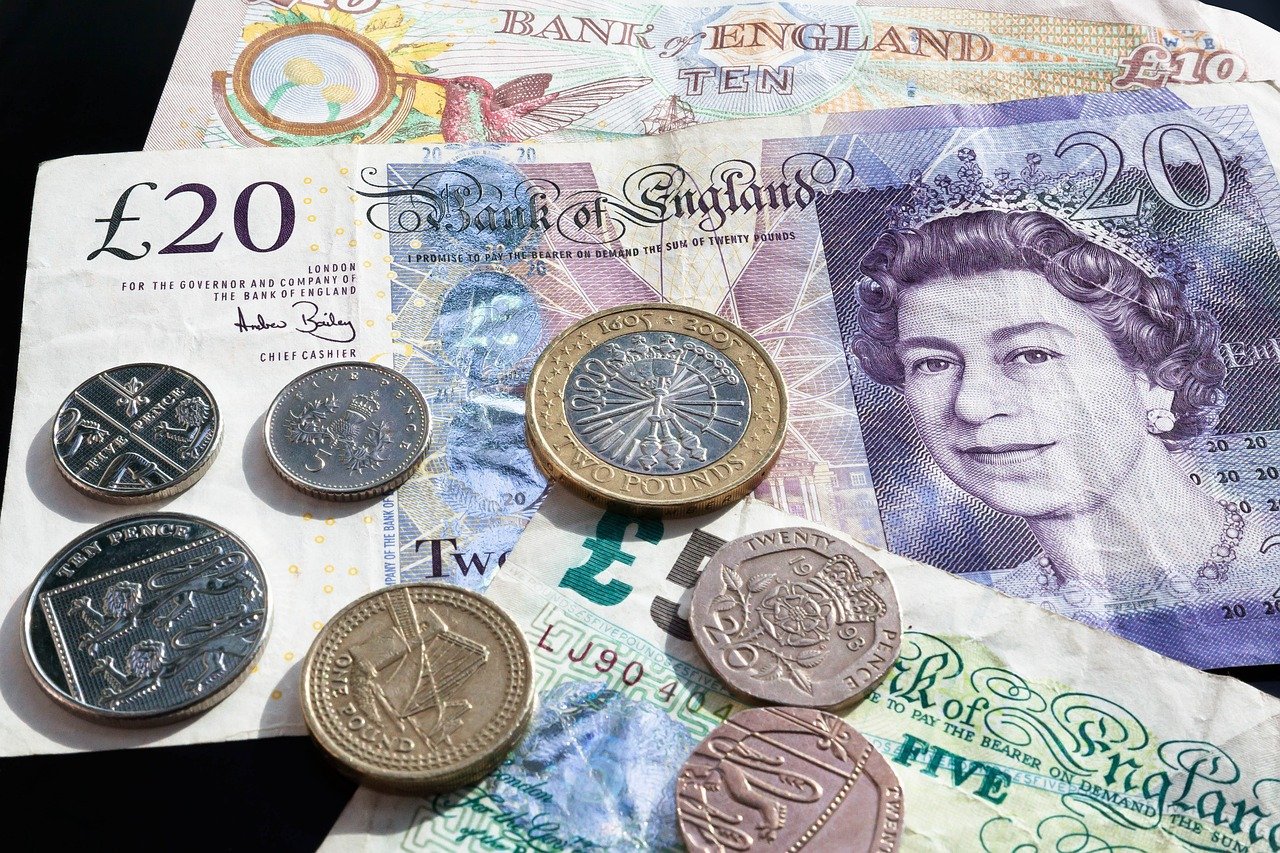The USD/CHF currency pair continues to be under pressure, trading below 0.8900 after the release of Switzerland’s February Consumer Price Index (CPI), which recorded a higher-than-anticipated monthly increase of 0.6%, the highest in nine months. Although annual inflation moderated slightly to 0.3%, beating expectations, the consistent core inflation at 0.9% indicates ongoing price pressures. Meanwhile, the US Dollar is struggling against concerns over diminishing economic growth in the US, with investors awaiting important forthcoming data, such as the ISM Services PMI and ADP Employment Change. Furthermore, President Trump’s 25% tariffs on Mexican and Canadian products and higher duties on Chinese imports influence market sentiment, although rumors of a potential policy change cast uncertainty over the horizon.
KEY LOOKOUTS
• Switzerland’s CPI increased by 0.6% in February, above forecasts, exerting pressure on USD/CHF as inflationary forces influence monetary policy expectations.
• Fears of weakening US economic growth burden the USD, with investors monitoring closely forthcoming ISM Services PMI and ADP Employment Change figures.
• Trump’s 25% tariffs on Canadian, Mexican, and Chinese imports affect market mood, with rumors of future policy changes creating additional volatility in USD.
• Traders monitor global risk appetite and geopolitical developments, influencing USD/CHF movements amid economic uncertainties in the US and Switzerland.
The USD/CHF pair remains under selling pressure as Switzerland’s inflation data surpasses expectations, with the February CPI rising by 0.6%, the highest in nine months. While this, the US Dollar is facing headwinds on fears of diminishing economic growth as investors look forward to US critical economic reports such as ISM Services PMI and ADP Employment Change. Also, world markets respond to President Trump’s imposition of 25% tariffs on Mexican and Canadian goods and higher levies on Chinese imports, instilling uncertainty. Speculation regarding a possible change in trade policy contributes to additional volatility, causing investors to remain wary of the short-term direction of USD/CHF.
The USD/CHF currency pair is under pressure after more-than-anticipated Swiss inflation data and fears of weakening US economic growth. Technical indicators point towards a bearish trend, but a recovery is possible if US economic data in the coming days surprises positively. Traders need to keep a close eye on key resistance at 0.8900 and support at 0.8850 for possible breakout trades.
• February’s CPI increased by 0.6%, more than expected, putting pressure on the USD/CHF currency pair.
• Weighing on the USD, concerns about the slowing US growth limit its upside potential.
• USD/CHF is below crucial resistance levels at 0.8900, with a risk of fall to 0.8850 and 0.8800.
• Uncertainty about the USD strength by Trump’s 25% tariff weighs on the market sentiment.
• ISM Services PMI and ADP Employment Change will be watched for market direction.
• Increasing inflation and SNB’s dovish approach support the CHF and keep USD/CHF bearish.
• A breach higher of 0.8900 could prompt an upward movement, while a decline below 0.8850 might extend losses.
The USD/CHF currency pair keeps falling, trading below the 0.8900 level following the release of Switzerland’s February Consumer Price Index (CPI) that was above market expectations. The monthly CPI increased by 0.6%, the highest growth in nine months, while yearly inflation eased marginally to 0.3%. Core inflation also stood at 0.9%, signifying ongoing underlying price pressures. This better-than-anticipated inflation data has reaffirmed the view that the Swiss National Bank (SNB) will continue to exercise caution in monetary policy, subjecting the USD/CHF pair to further downward pressure. In contrast, the US Dollar falters as fears of decelerating US economic expansion grow, keeping investors cautious prior to expected key releases such as the ISM Services PMI and ADP Employment Change.

USD/CHF Daily Price Chart

Chart Source: TradingView
The market uncertainty was further fueled by President Trump’s recently introduced 25% tariffs on Canadian and Mexican imports, in addition to raised Chinese import tariffs, which have taken their toll on sentiment. Although US Commerce Secretary Howard Lutnick had given an indication of easing tariff policies, indications are that Trump is keen to maintain them, injecting uncertainty into traders. The conflicting signals on trade policy, along with fear of global economic instability, have kept the US Dollar under selling pressure. While investors sort this out, risk appetite and forthcoming US economic indicators will be critical in defining the next direction for USD/CHF.

TECHNICAL ANALYSIS
USD/CHF pair continues to be in a downtrend, trading below the significant resistance level of 0.8900. The currency pair still experienced selling pressure with the 50-day moving average as a sturdy resistance level. A continued breach below 0.8880 might pave the way for even more declines down to the subsequent support at 0.8850, followed by the psychological 0.8800 barrier. On the upside, a resumption in buying pressure can cause a breakdown above 0.8900 to propel the pair towards the 0.8950 barrier zone. The Relative Strength Index (RSI) is still in bearish levels, indicating ongoing downside risks, while the MACD indicator indicates declining bullish momentum, supporting the bearish outlook for USD/CHF in the short term.
FORECAST
USD/CHF may experience some upside correction if major US economic indicators, including the ISM Services PMI and ADP Employment Change, report better-than-anticipated readings. Improved-than-expected performance in these metrics may improve investor sentiment in the US economy, supporting the US Dollar. Furthermore, any comments from Federal Reserve officials on potential future rate hikes or economic strength may spur a short-term USD/CHF recovery. From a technical perspective, a breach of the 0.8900 resistance level may induce buying interest, taking the pair to 0.8950 and potentially 0.9000 if bullish pressure intensifies.
On the negative side, USD/CHF is still exposed to further falls as long as the pair continues to trade below major resistance levels. If Swiss inflation keeps on increasing, the Swiss National Bank (SNB) can continue to adopt a prudent monetary policy stance, keeping the Swiss Franc firm against the US Dollar. Moreover, persistent fears of weakening US economic growth and uncertainty regarding trade policies may continue to put pressure on the USD. A continued break below 0.8880 may further speed up losses, with the next key support levels being 0.8850 and 0.8800. If risk appetite continues to remain subdued and investors prefer safe-haven currencies such as the Swiss Franc, the pair may continue its downward trend in the short term.







